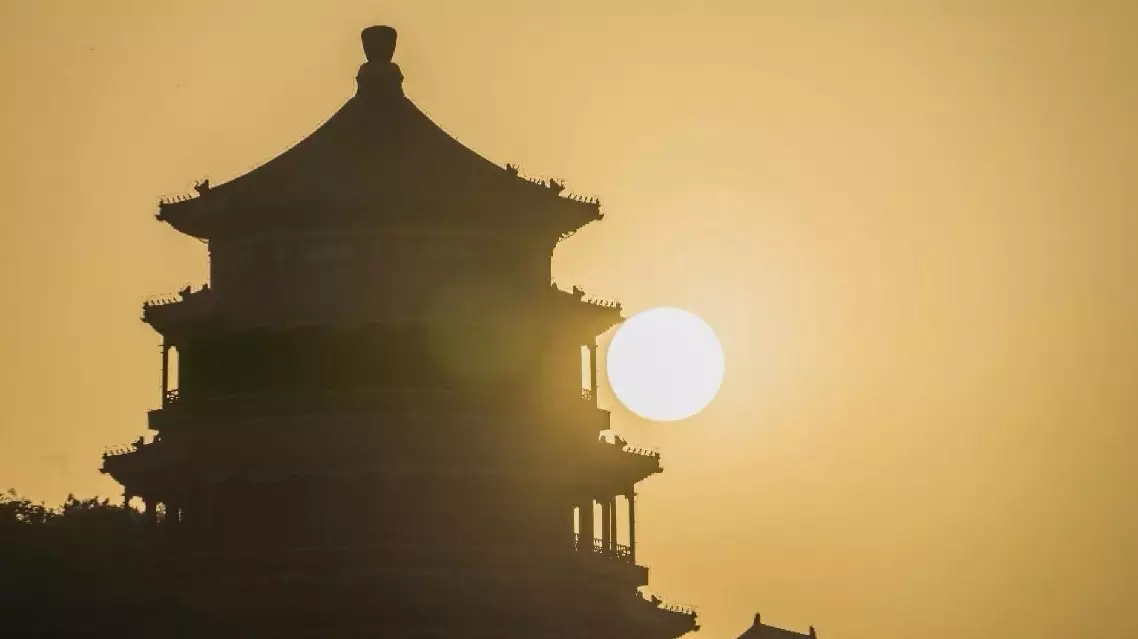Italian President Sergio Mattarella has emphasized the vital role of closer people-to-people and cultural exchanges in promoting mutual learning and enhancing political trust and cooperation between Italy and China, two nations boasting the world's largest number of UNESCO World Heritage sites.
The Italian president paid state visit to China from Nov 7 to 12 at the invitation of Chinese President Xi Jinping. During his stay, he made a trip to the Summer Palace, a historic imperial garden in western Beijing.
In an interview with the China Media Group (CMG) in Beijing aired on Friday, Mattarella lauded the unique charms of the palace's grand architecture and expansive layout.
"I have never visited the Summer Palace before, although I have been to the Forbidden City more than twice. The Summer Palace has a unique charm, not just for the vastness of its territory and unique buildings, but for the poetic allure of its lakeside setting which is truly rare elsewhere. At sunset, the lake takes on a golden hue from the sunlight's reflections, becoming the focal point of the already stunning Summer Palace complex and highlighting its intricate landscapes and harmonious design. The lake, in particular, holds a unique and powerful attraction, and I am glad to have visited it," he said.
The Summer Palace is the largest and best-preserved imperial garden in China and among the most noted classical gardens in the world. It was inscribed on the UNESCO World Heritage List in 1998.
Situated at the heart of Beijing, the Forbidden City, also known as the Palace Museum, is the largest palace complex in the world, where the royal family of the Ming and Qing dynasties (1368-1911) lived and worked. The Summer Palace and Italy's Villa d'Este have inked an initial consensus on a twinning initiative, signifying similar geographical and cultural characteristics and abundant collaboration prospects in future management and development, said Mattarella. "The twinning with Villa d'Este is highly significant, as both splendid sites exemplify a harmonious interplay between architecture and water, gardens and water. The frequent twinning of UNESCO sites in China and Italy has symbolic meanings. The two countries have the highest number of such sites. This is a testament to the fruits and achievements of our millennia-old civilizations which define both nations. This shared heritage fosters a strong connection between China and Italy, while encouraging deeper cultural ties," said the president.
"In fact, since the time of Marco Polo over 700 years ago, there has been a constant exchange of messages, knowledge and culture between the two countries. The continuous people-to people and cultural exchanges have strengthened the mutual political trust and smoothed the cooperation between the two countries, " added Mattarella.
Marco Polo (1254-1324) is a 13th-century Italian merchant, explorer and writer who embarked on a trailblazing journey along the ancient Silk Road that led him through Central Asia to China.

Closer China-Italy people-to-people exchanges boost mutual trust, cooperation: Italian president









